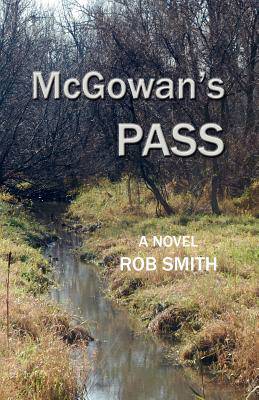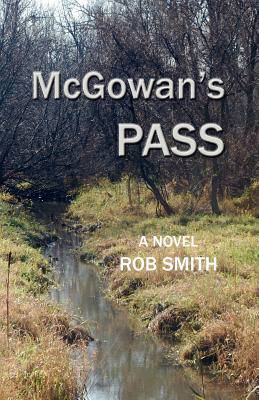
- Afhalen na 1 uur in een winkel met voorraad
- Gratis thuislevering in België vanaf € 30
- Ruim aanbod met 7 miljoen producten
- Afhalen na 1 uur in een winkel met voorraad
- Gratis thuislevering in België vanaf € 30
- Ruim aanbod met 7 miljoen producten
Zoeken
Omschrijving
Before being known as Ohio's Vacationland, north central Ohio was the Firelands, a title that predated statehood. In 1662 King Charles II granted territory extending west of Pennsylvania to the Pacific Ocean to be Connecticut's Western Reserve. The claim survived the Revolution, but the area was reduced considerably as settlement of war debts. Even so, the Western Reserve still covered more than three million acres which were later transferred to the Connecticut Land Company. One of the surveyors sent to lay out the territory was Moses Cleaveland who began his work in 1796. He charted the area near the mouth of the Cuyahoga River, and later a settlement was founded there that almost bore his name. A twenty-five mile wide strip of land on the western edge of the Reserve became reparations for citizens of Connecticut whose holdings had been torched by the British during the war. These were the Firelands. By the time the homesteads were apportioned, however, many beneficiaries were too old to move west to claim them. Still, the town names on this western frontier reflect their Connecticut roots. Davis McGowan lives only a block from the lake in an area that was settled early. Little did he expect that a history lesson from a friend would help him solve a very modern mystery written in bones.
Specificaties
Betrokkenen
- Auteur(s):
- Uitgeverij:
Inhoud
- Aantal bladzijden:
- 180
- Taal:
- Engels
Eigenschappen
- Productcode (EAN):
- 9780983306955
- Verschijningsdatum:
- 26/11/2012
- Uitvoering:
- Paperback
- Formaat:
- Trade paperback (VS)
- Afmetingen:
- 140 mm x 216 mm
- Gewicht:
- 235 g

Alleen bij Standaard Boekhandel
+ 43 punten op je klantenkaart van Standaard Boekhandel
Beoordelingen
We publiceren alleen reviews die voldoen aan de voorwaarden voor reviews. Bekijk onze voorwaarden voor reviews.











